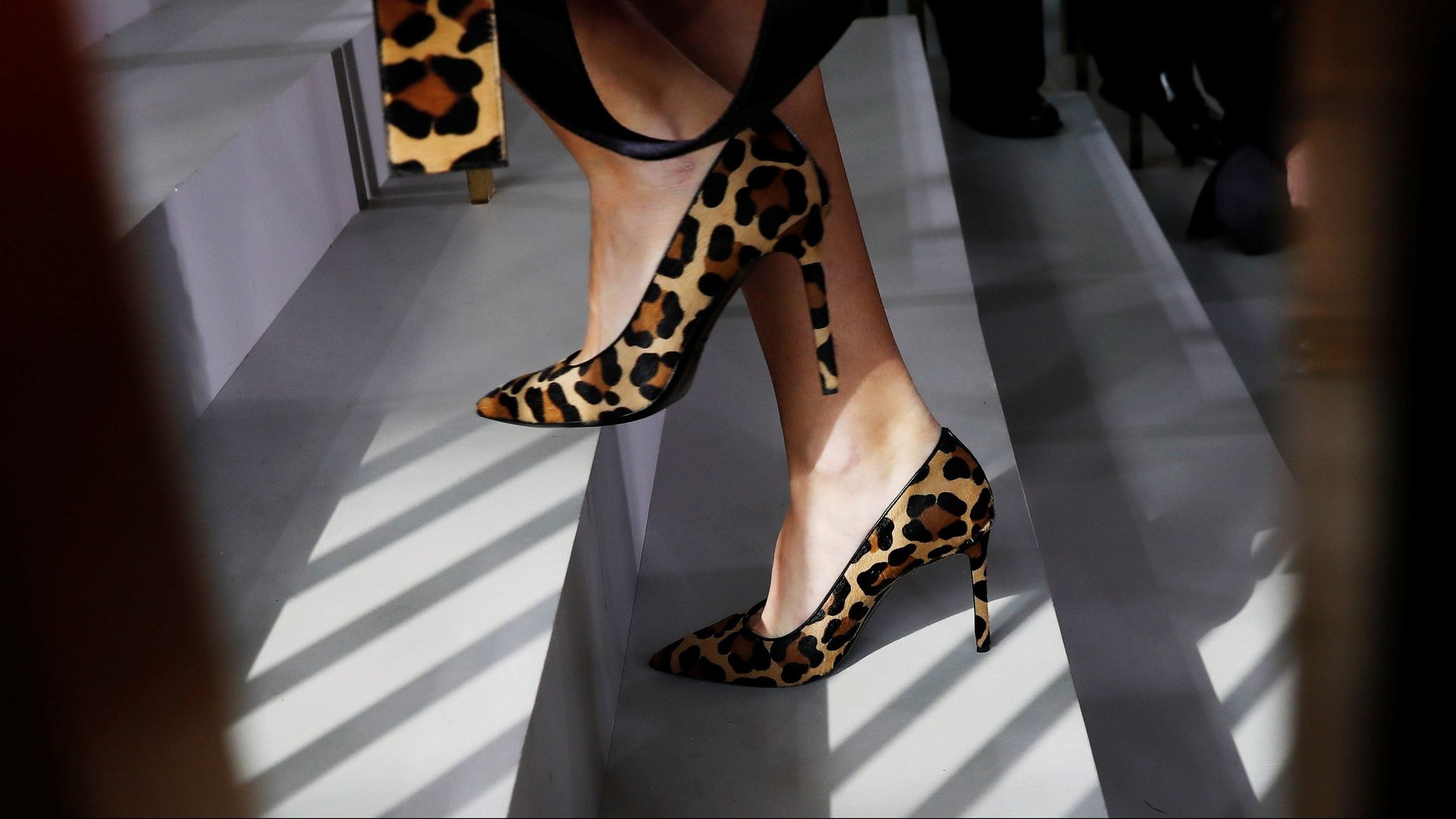Women’s labor, ideas, and dollars prop up the US fashion industry, but men still run it
The lower ranks of US fashion are filled with women, according to a new study on the industry. They dominate the student bodies at schools like New York’s Fashion Institute of Technology, where 85% of the students enrolled were female in 2016. They “overwhelmingly fill” the industry’s entry-level jobs.


The lower ranks of US fashion are filled with women, according to a new study on the industry. They dominate the student bodies at schools like New York’s Fashion Institute of Technology, where 85% of the students enrolled were female in 2016. They “overwhelmingly fill” the industry’s entry-level jobs.
Yet once you get to the top of the executive ranks, they’ve often disappeared. The study points to a 2015 survey by Business of Fashion, which found that of 50 major fashion companies it looked at, just seven (paywall) were run by women. That survey didn’t focus on US fashion specifically, but the picture in America looks much the same.
What this new study, called “The Glass Runway,” tries to answer is why. Conducted by Glamour magazine in partnership with the Council of Fashion Designers of America and McKinsey & Company consulting group, it found that women in fashion are hitting a mid-career wall. The study surveyed 535 people in the industry about their “ambitions, opportunities, and setbacks,” and also included longer interviews with more than two dozen women and men for deeper insights.
Among the findings were that women weren’t any less ambitious coming into the industry. On the contrary, they were 17% more likely than men to aspire to be a top executive.
But that balance flipped as they surveyed people higher up the corporate order. By the time they got to the level of vice president, men were actually 20% more likely to be reaching for upper management than women.
A variety of factors look to be producing the gender gap at the top. Men at every level reported getting more regular feedback about how to advance their careers. At junior levels, men were slightly more likely than women to get promoted without asking. At senior levels, the gap grew to 18% of men saying they’d gotten a promotion without asking, versus just 5% of women.
The discrepancy mattered since almost every female interviewee, “even those who described themselves as assertive and highly ambitious,” the study said, had struggled with asking for promotions. Many felt lucky to be promoted at all. Often they were unclear how to advance, and wound up doing jobs without the title and pay that should have accompanied them.
Becoming a parent also affected men and women differently. Dozens of women said they felt that having young children had weighed on their careers. Few men said the same. “One president at a fashion brand suggested that women were opting out of higher-level positions because of motherhood,” the study stated. The president had this to say: “At the VP level, women may decide to lean back and be less inclined to ask for a promotion because they are juggling increased responsibilities at home.”
These imbalances persist despite the fact that women are often the public faces of fashion and its big customers. On average, American women spend three times as much as men on clothing for themselves and others, according to market research firm NPD Group. In 2017, that amount totaled $159 billion.
The study suggested some measures to address these problems, such as increasing clarity and transparency around what’s expected of employees and how they get promoted, and creating programs and policies that give employees more flexibility to manage their personal and work lives. Glamour also detailed some of the ways that companies such as Old Navy—which perhaps not coincidentally is thriving right now—are addressing these problems.
But for much of the female-focused industry, which prides itself on being liberal and inclusive, there’s a lot of work to be done to get businesses in line with the values they publicly promote.